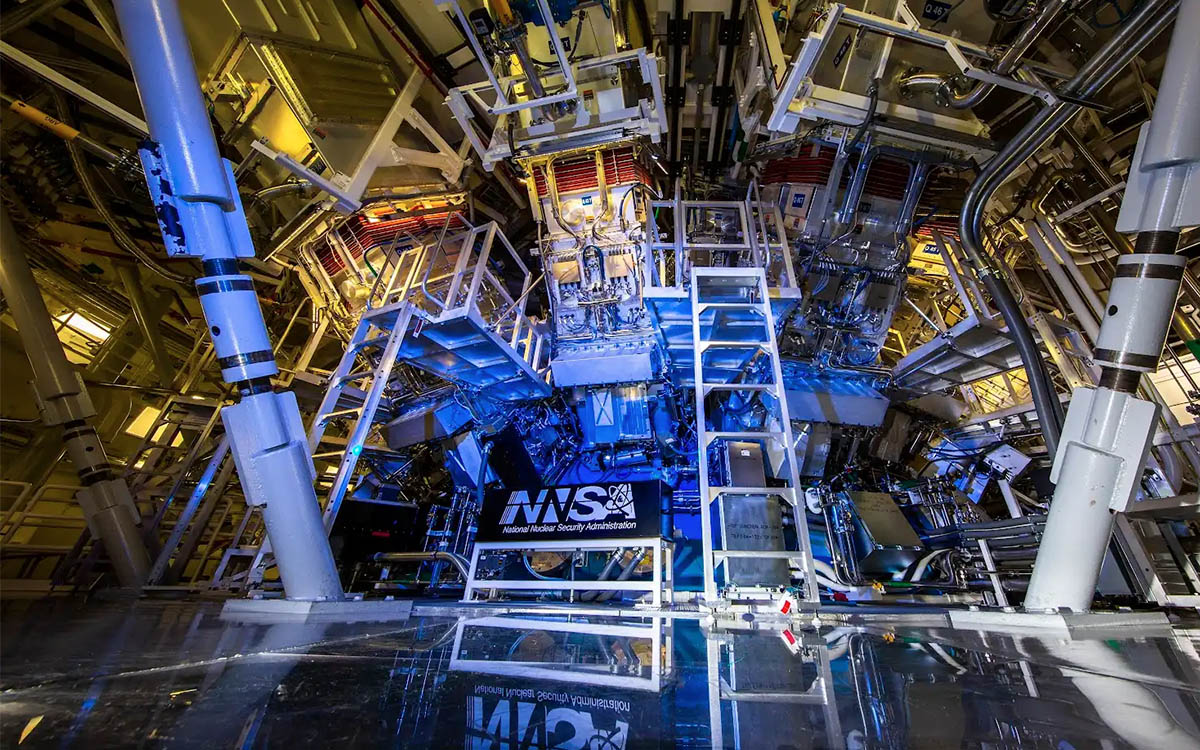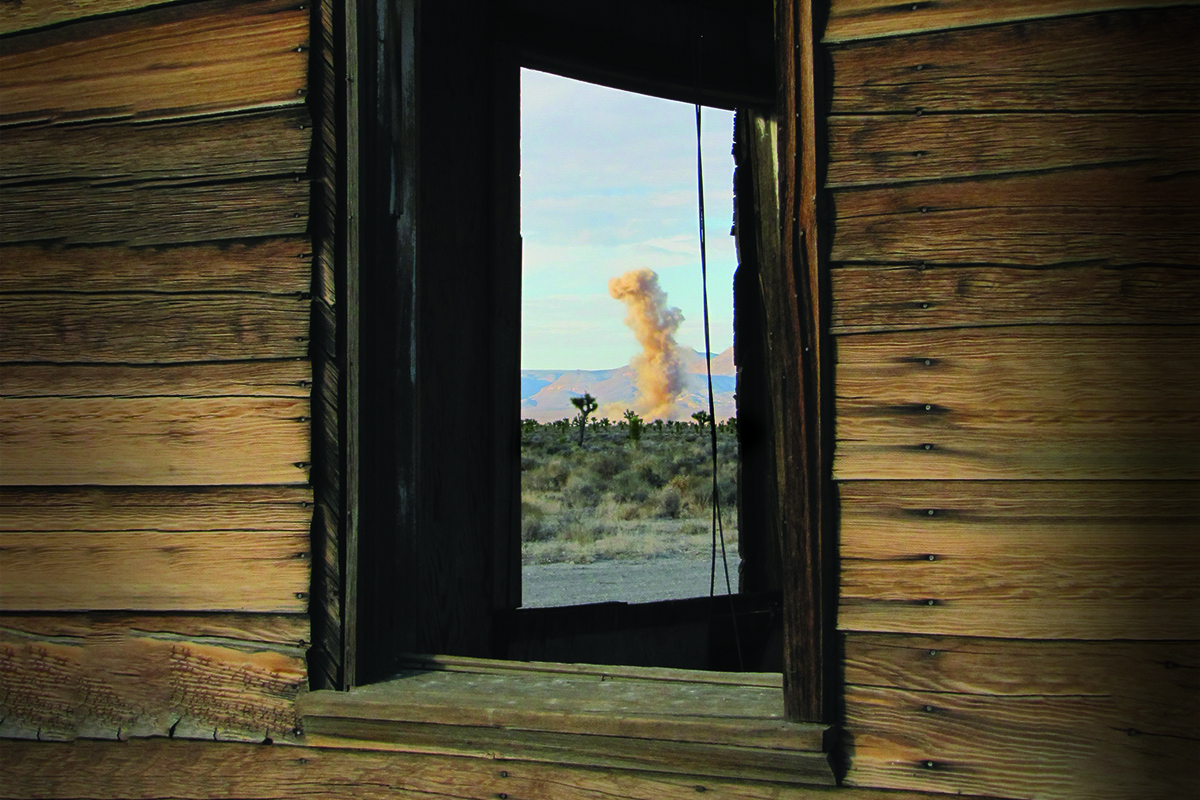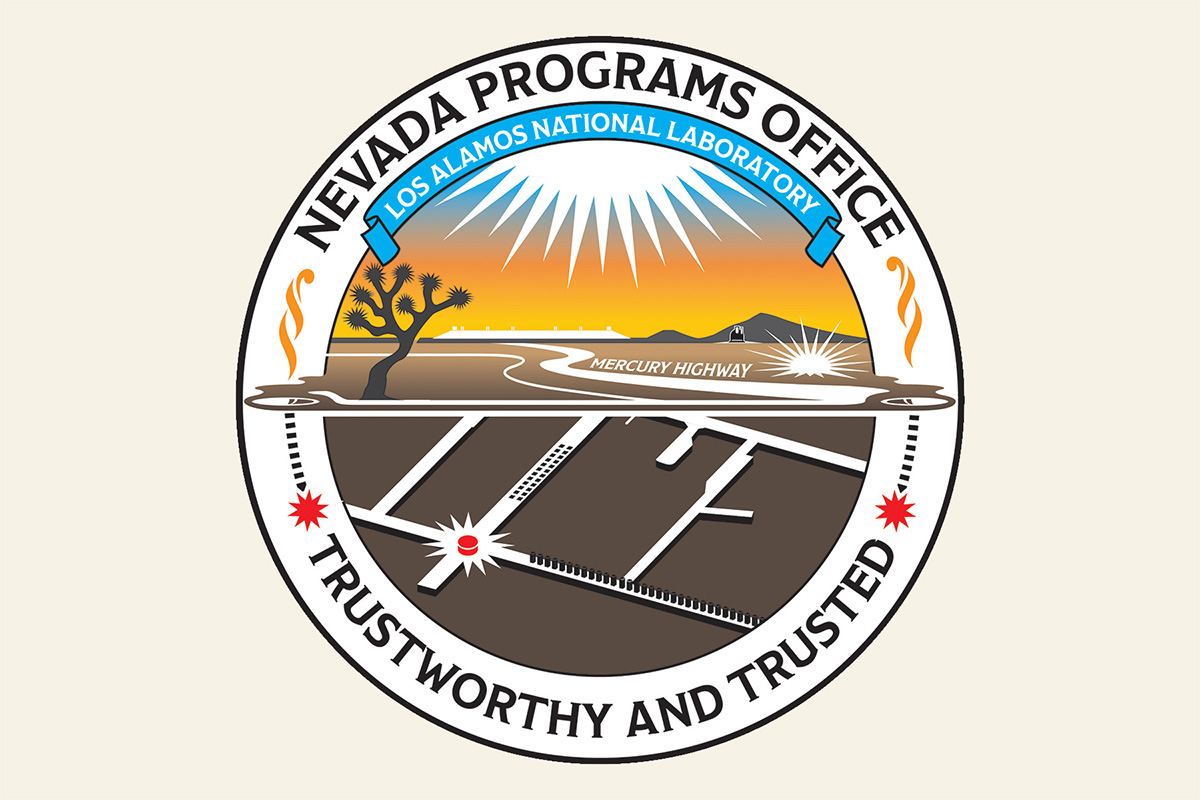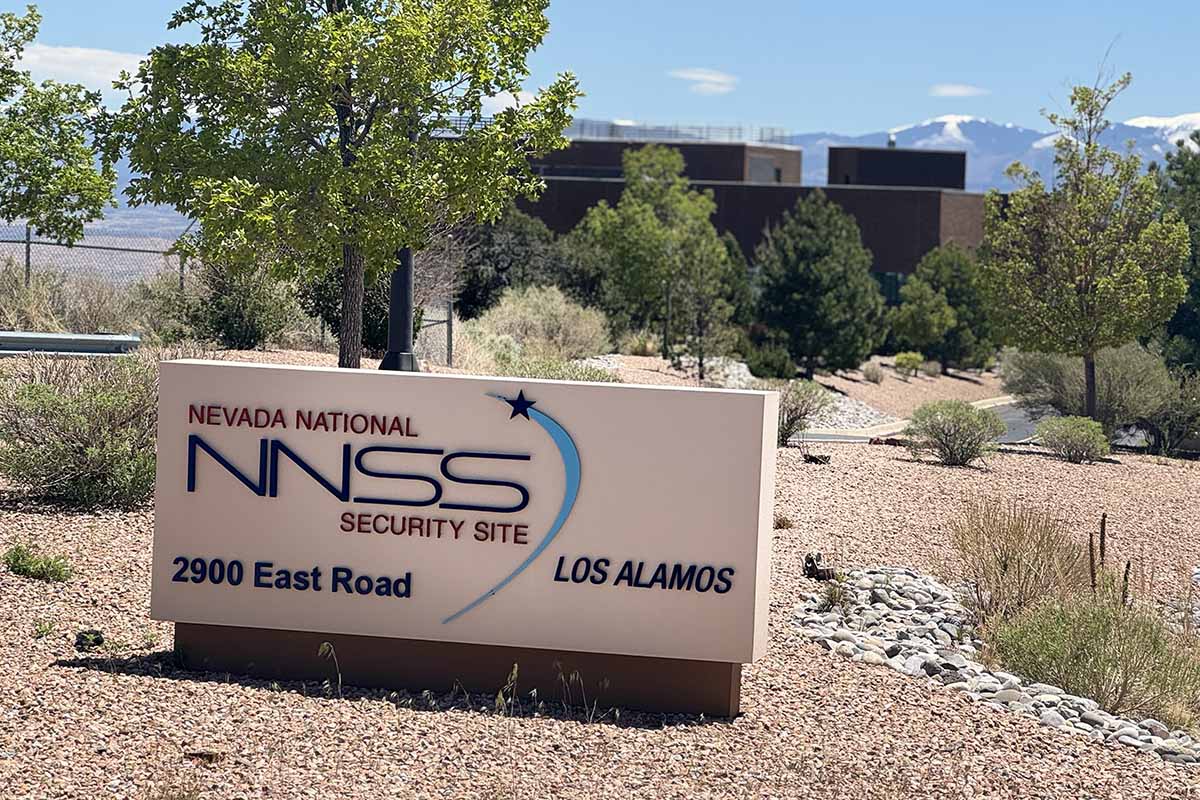Collaboration achieves fusion ignition
A Los Alamos–led experiment paves the way for groundbreaking studies.
- Jill Gibson, Communications specialist

A team led by Los Alamos National Laboratory in conjunction with Lawrence Livermore National Laboratory has achieved fusion ignition at the National Ignition Facility (NIF) in Livermore, California.
Fusion ignition—the point in a nuclear fusion reaction when more energy is generated than is needed to spark the reaction—allows scientists to study the behavior of materials in conditions that were previously impossible to achieve in a laboratory setting. Livermore first achieved ignition in 2022 and has replicated it several times since then, but this recent achievement opens the door for studying new aspects of physics.
Physicist Joseph Smidt, codirector of the Los Alamos inertial confinement fusion program, says the experiment conducted on June 22, 2025, “shows how well the labs’ designs can create fusion ignition conditions to address key stockpile stewardship questions.” Because fusion ignition conditions are similar to the conditions inside a detonating nuclear weapon, NIF experiments can help weapons scientists understand how materials could behave in weapons.
In NIF fusion experiments, lasers are fired into a gold-coated cylinder called a hohlraum, which is just a few millimeters long and wide. The hohlraum holds a tiny capsule of deuterium and tritium—the fusion fuel. The lasers hit the inner walls of the hohlraum, creating a uniform bath of x-rays that drives the symmetrical implosion of the inner capsule, resulting in fusion ignition.

The June 22 experiment was the first time ignition was achieved using a hohlraum with “windows” that allow some of the high-flux x-rays to escape. In future experiments, the x-rays will provide a source to test how materials interact with high temperatures and radiation levels, which are both of interest to nuclear weapon scientists. Building on a Livermore hohlraum design, Los Alamos scientists created the windowed hohlraum called THOR (Thinned Hohlraum Optimization for Radflow).
“This experiment marks a critical step in validating high-fidelity simulations and in demonstrating that ignition-scale performance can be achieved even with the THOR platform modifications,” says Los Alamos project series lead Ryan Lester, noting that the challenge in this design was ensuring that adding windows to the hohlraum did not result in significant energy or implosion symmetry loss that would prevent fusion ignition from happening.
“Igniting capsule implosions are incredibly sensitive and any energy loss or perturbation can easily prevent ignition, which would eliminate the generation of the x-ray fluxes we want to use as a source,” says physicist Brian Haines, who helped design the experiment. Haines says now that ignition has been achieved with a THOR design, the next step will be to design experiments that attach to the THOR windows.
“This is a game-changing breakthrough that advances the science of ensuring the reliability of the nation’s nuclear stockpile,” Smidt says. “Hitting this goal illustrates the Lab’s expertise with this complex and exciting platform.” ★








